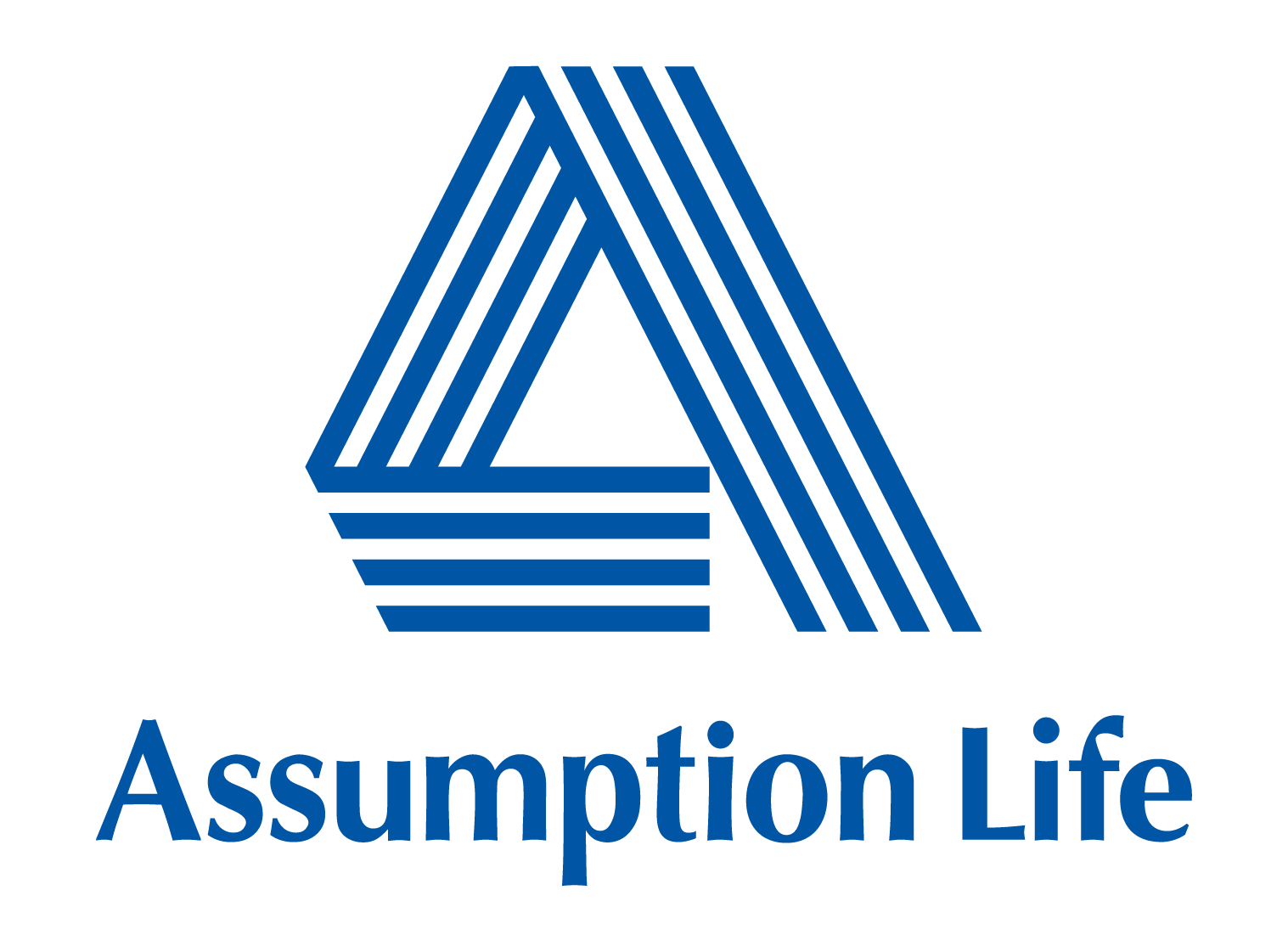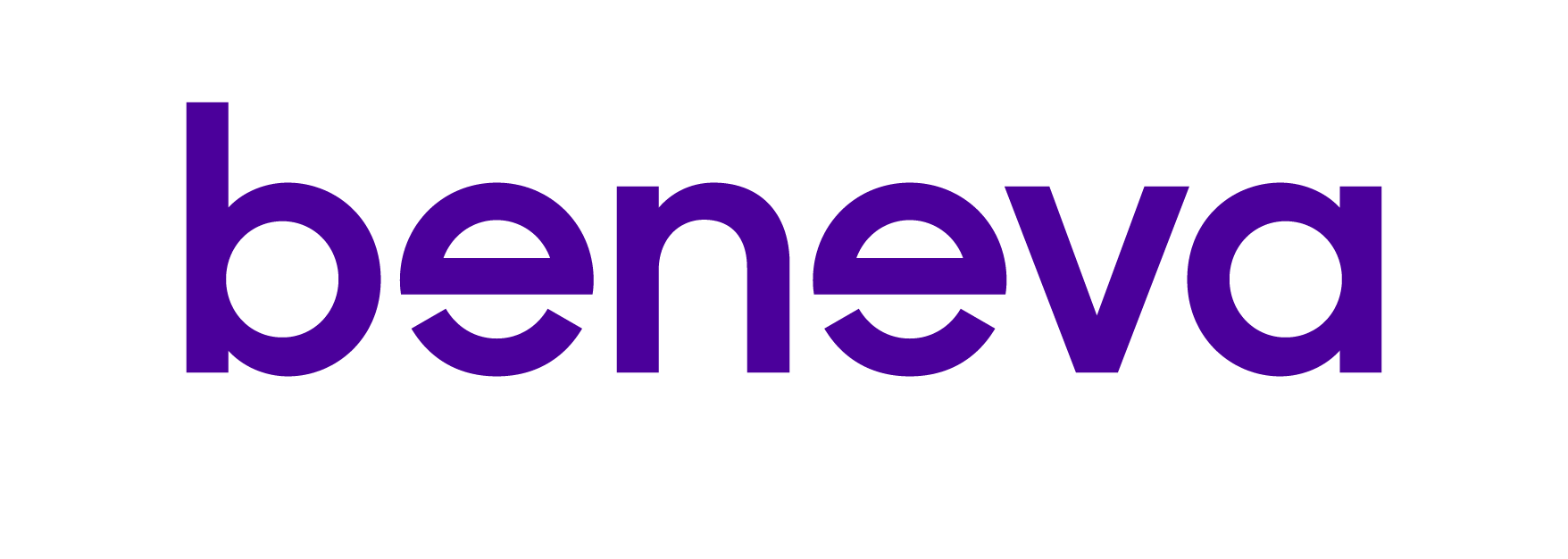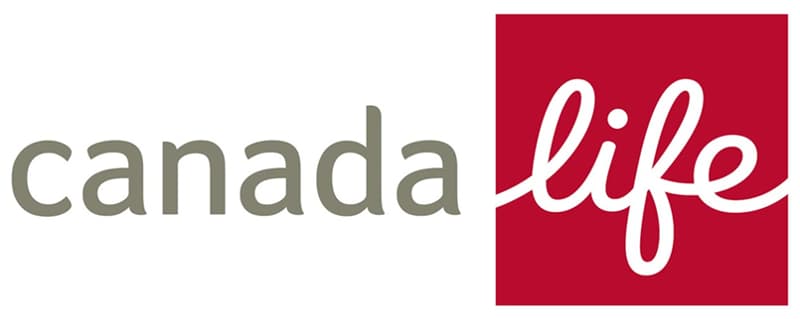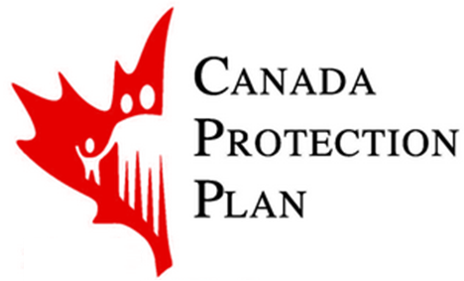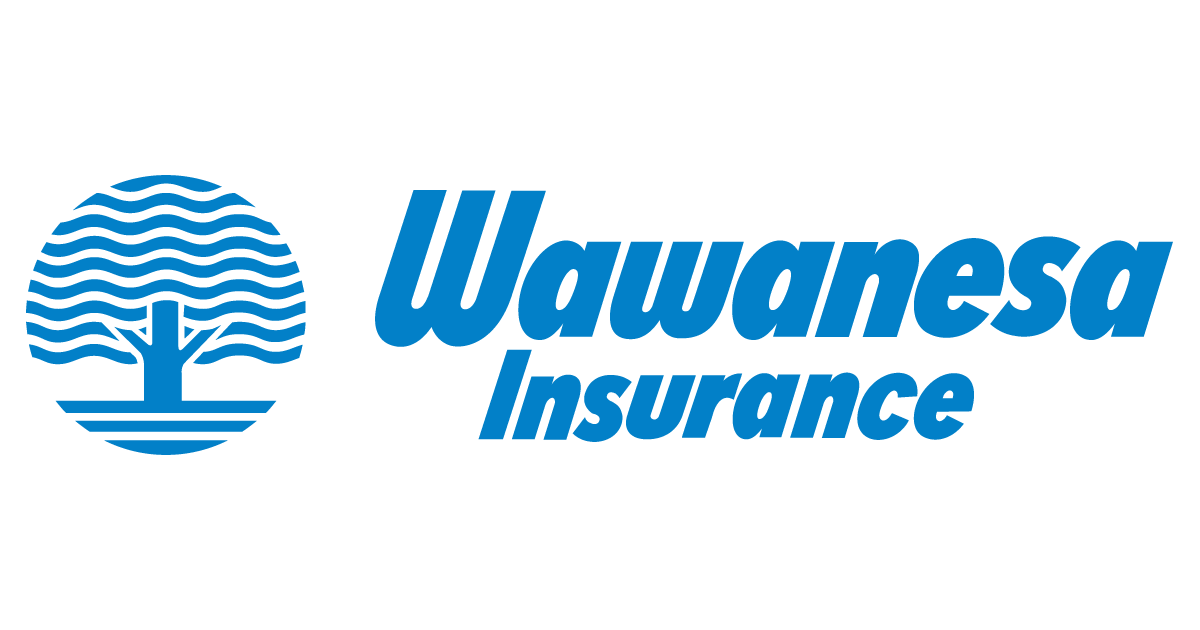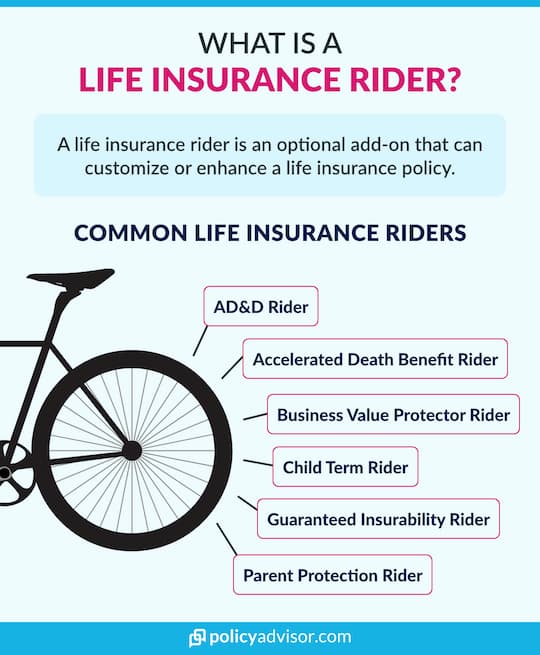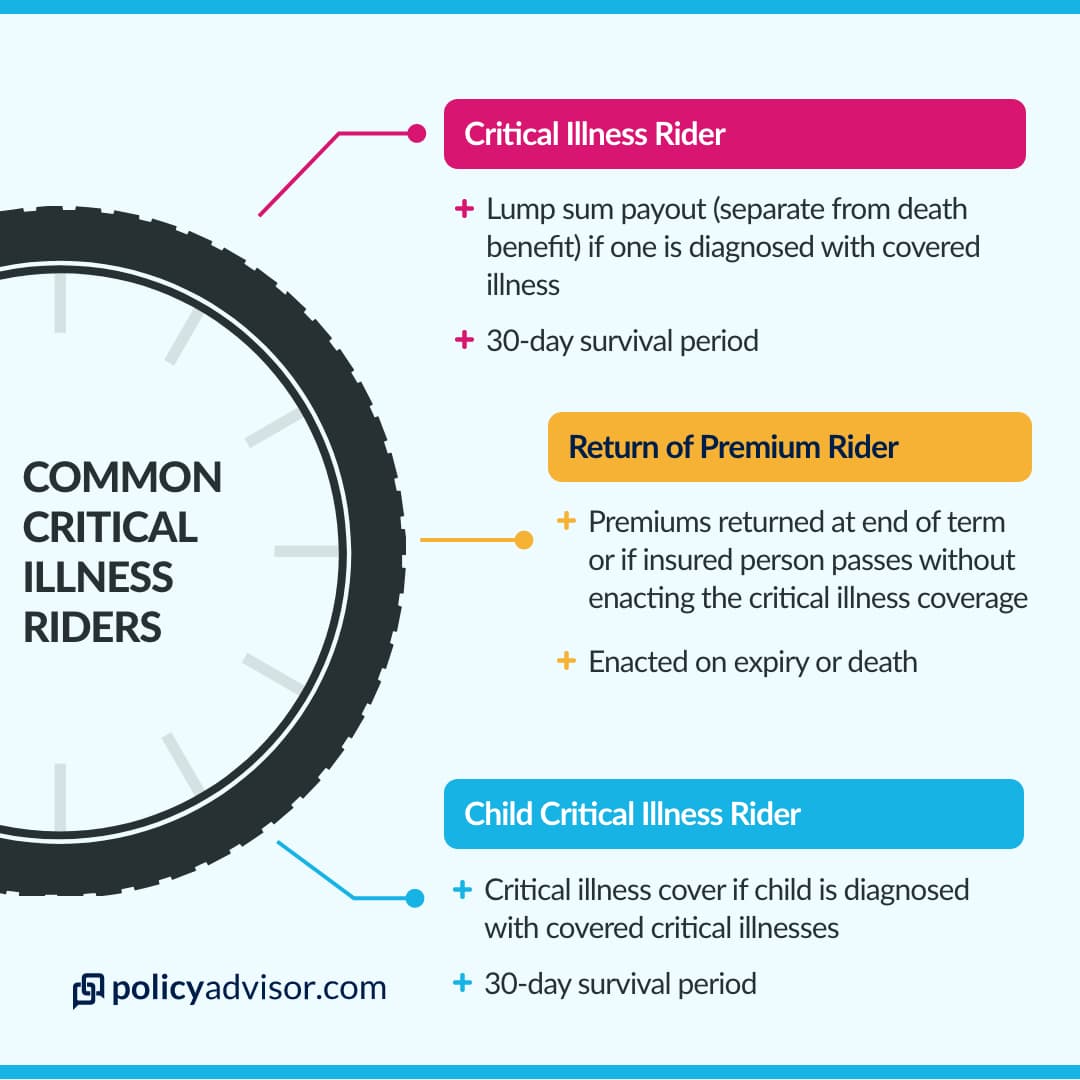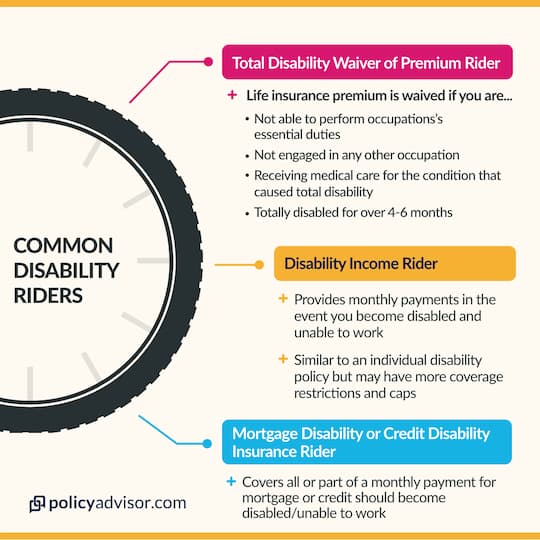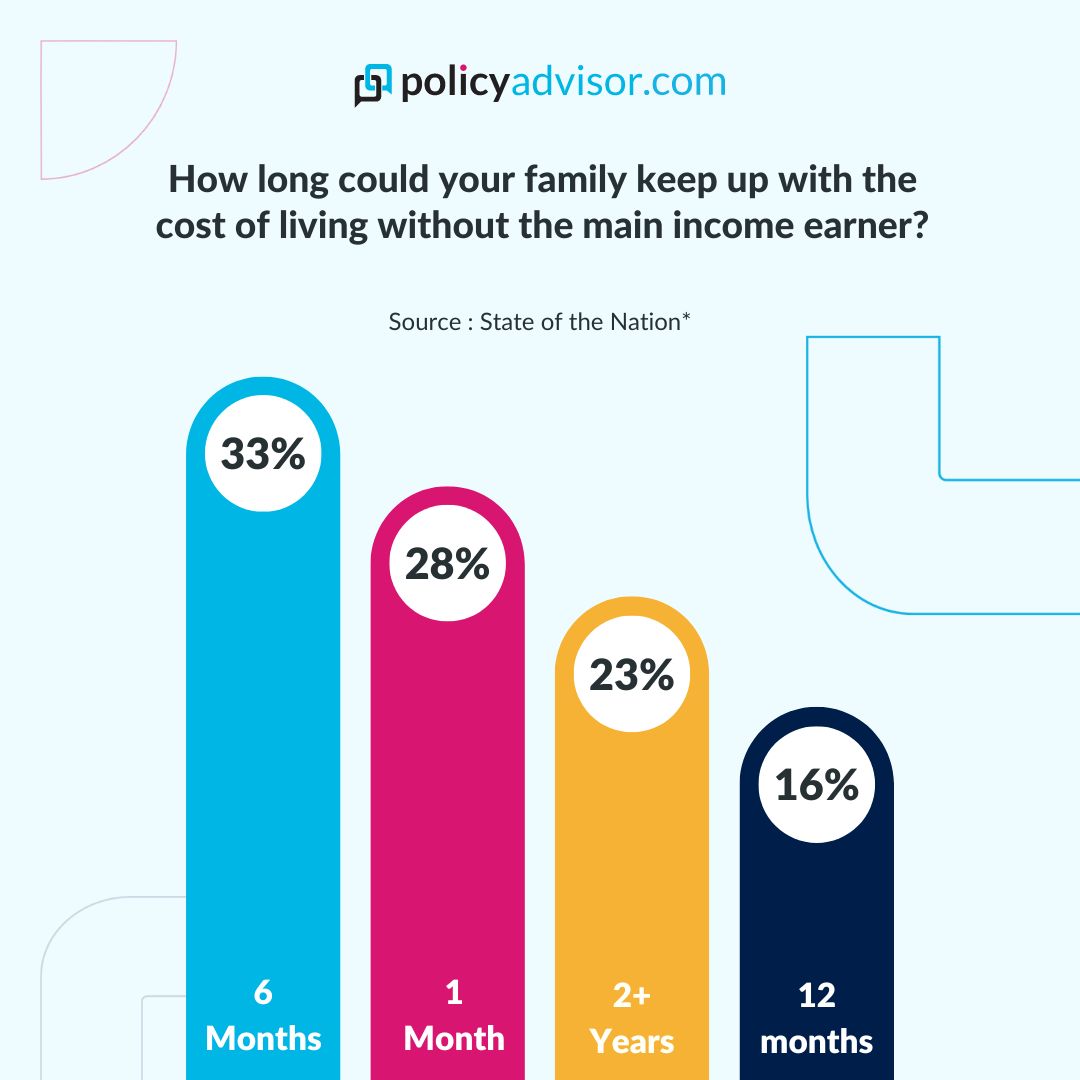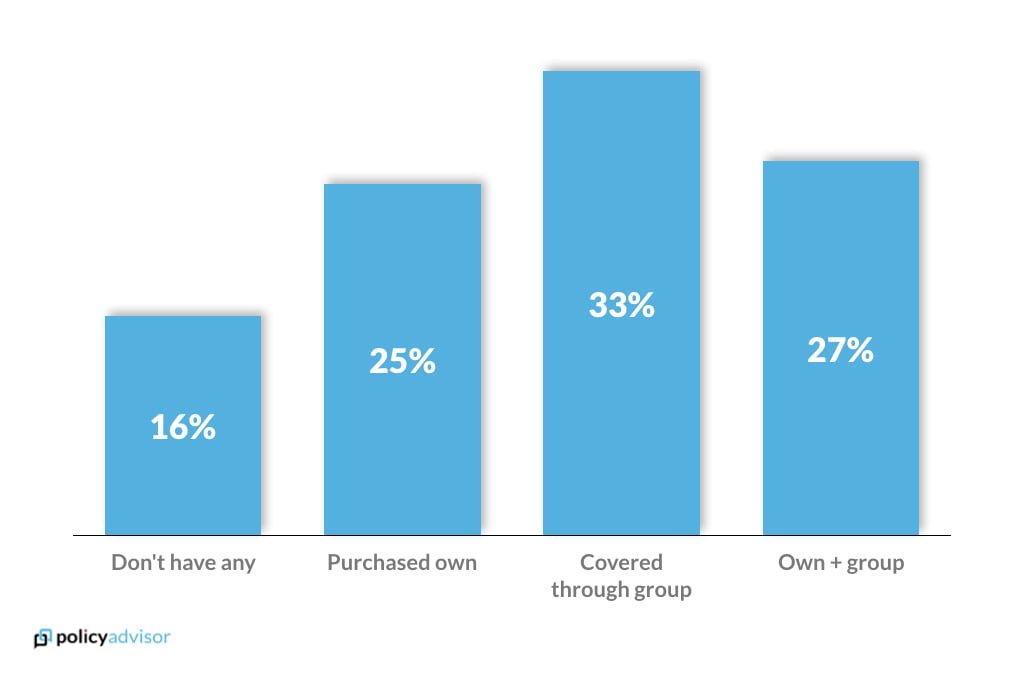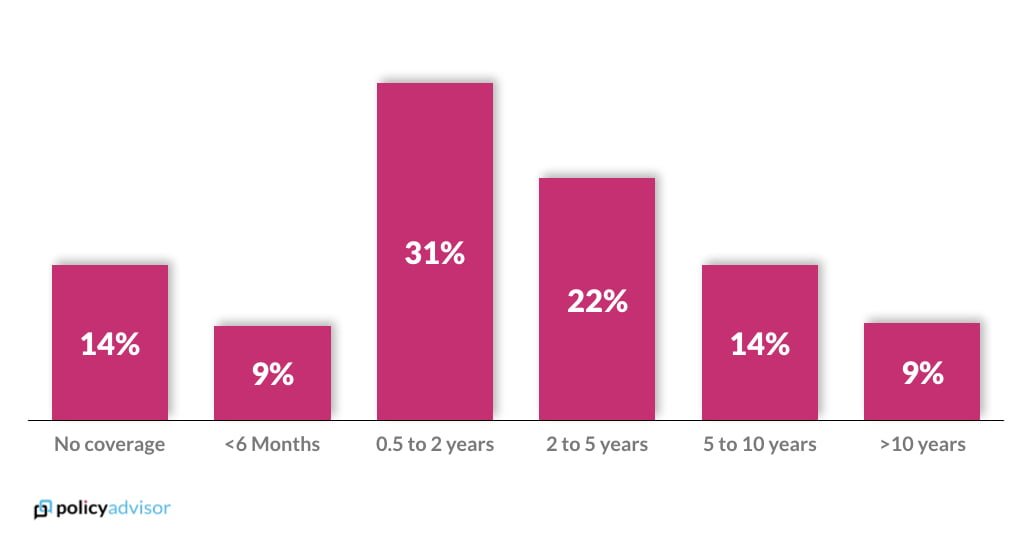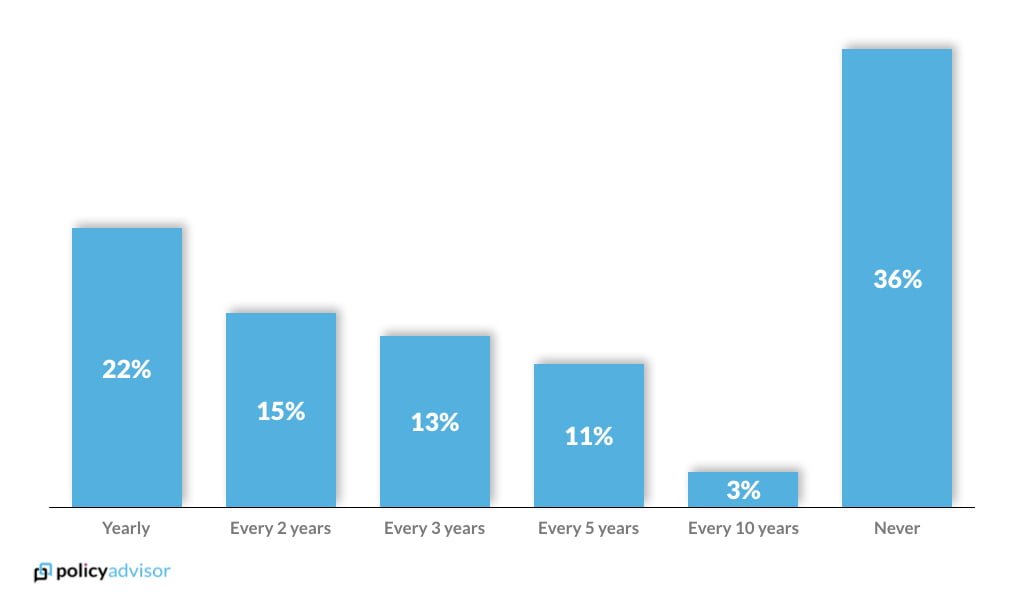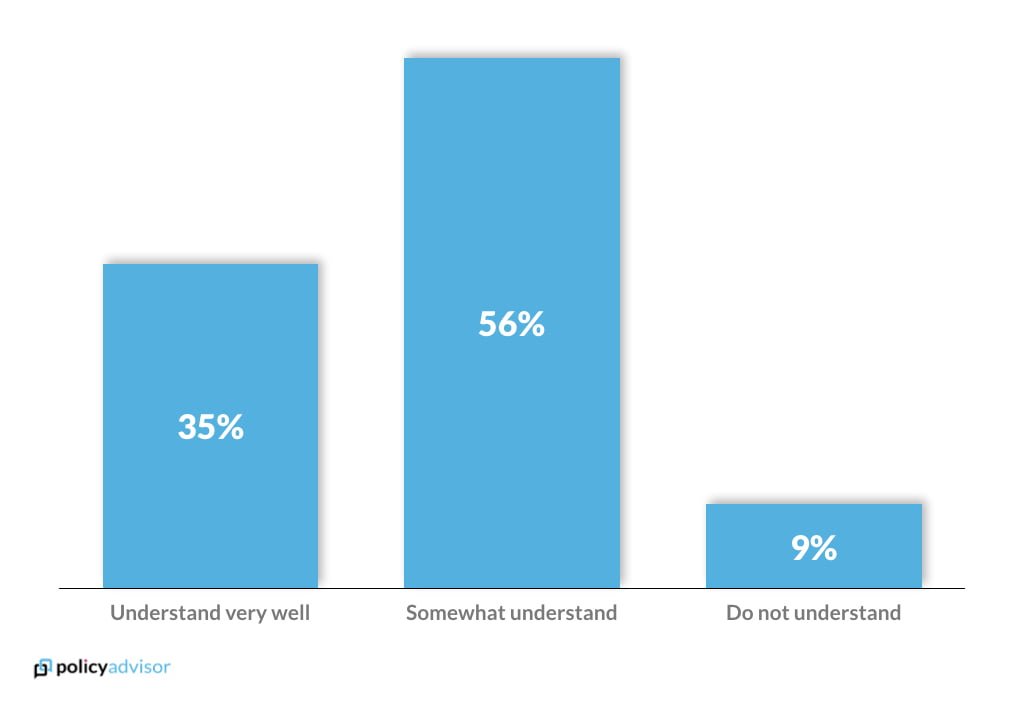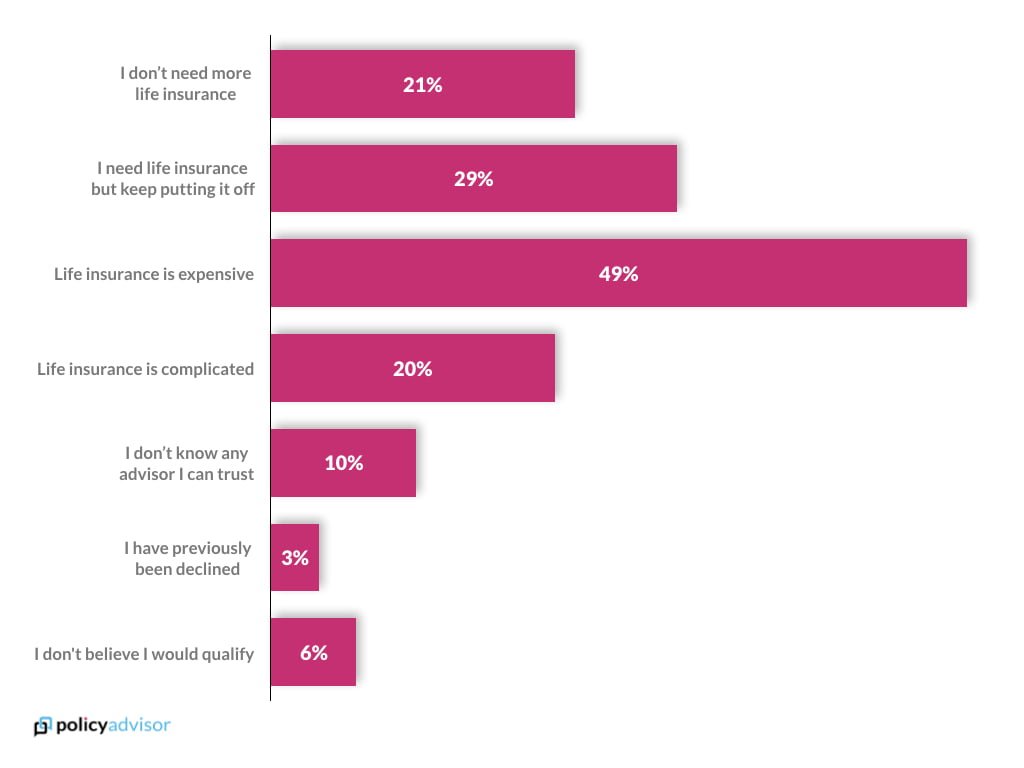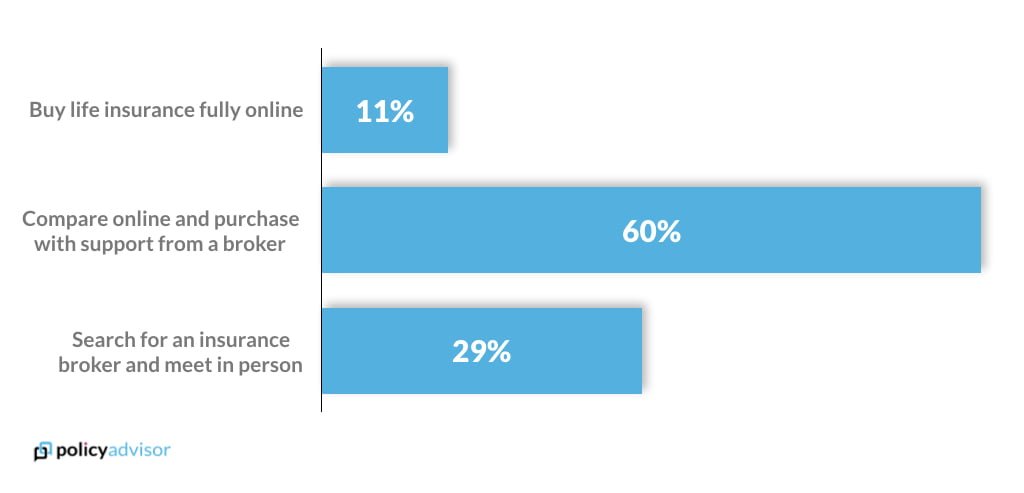Life insurance riders provide policyholders with additional benefits that can be customized based on individual needs. One such valuable rider is the guaranteed insurability (GI) rider, which lets policyholders increase their life insurance coverage at specific intervals without undergoing medical underwriting.
In this article, we’ll explain the purpose, functionality, benefits, and cost of a GI rider in Canada to help you determine if this option aligns with their financial and health planning goals.
What is a guaranteed insurability rider?
A guaranteed insurability rider is an optional add-on to a life insurance policy that allows policyholders to purchase additional coverage at predetermined intervals without requiring a medical exam or proving insurability. This ensures that individuals can secure higher coverage despite potential changes in their health or lifestyle.
The rider is available on certain term and permanent life insurance policies and is particularly beneficial for those who anticipate increased financial responsibilities in the future, such as starting a family or purchasing a home.
For example, if you suspect you may face future health problems through means like genetic testing or due to a history of family health issues or lifestyle choices, a GI rider might be useful to add to your life insurance policy.
It’s also beneficial if you currently have a limited budget, but want to ensure that you’ll have the option for purchasing additional coverage later on, as your budgeting flexibility improves over time.
How does a guaranteed insurability rider work?
A guaranteed insurability rider operates on a structured timeline, providing opportunities to increase coverage at specific milestones. Policyholders can exercise their option to purchase additional coverage every few years (typically every three to five years) on the policy anniversary date.
Additionally, certain life events can also trigger the ability to increase coverage, such as marriage, the birth/adoption of a child, or purchasing a home. However, the option to increase coverage must be exercised within a set timeframe (e.g., 30 or 90 days) following the policy anniversary or a qualifying life event.
Lastly, the typical timeframe to exercise this rider starts five years from the original policy’s effective date.
Who needs a guaranteed insurability rider?
A guaranteed insurability rider is ideal for individuals who anticipate needing more life insurance in the future but want to avoid future medical exams that could result in higher premiums. It is especially beneficial for those with pre-existing medical conditions or a family history of health issues, as it ensures they can increase coverage regardless of any changes in their health.
How much does a guaranteed insurability rider cost?
A guaranteed insurability rider is generally an affordable addition to a life insurance policy and approximately costs between $3 and $21 for people aged 25-45 years, varying based on age.
However, it is important to note that while adding the rider itself is inexpensive, the actual cost of increasing coverage when exercising the option will depend on your age at that time.
The later you choose to exercise the GI option, the higher the cost of the additional coverage due to increased age-related risk. The table below shows the cost of adding a GI rider to a $100,000 life insurance policy:
| Age | Male (Monthly Cost) | Female (Monthly Cost) |
| 25 | $3.06 | $2.55 |
| 30 | $3.06 | $2.55 |
| 35 | $3.26 | $3.06 |
| 40 | $10.71 | $8.36 |
| 45 | $21.02 | $14.99 |
When can you buy a guaranteed insurability rider?
In most cases, you must buy a GI rider at the time of applying for your life insurance policy. The decision to include a GI rider is made during the underwriting process, where the insurer assesses the financial risk of offering this option.
A GI rider cannot be added after your policy has been issued, so it’s essential to consider whether you need it at the time of application. Insurers evaluate an applicant’s health and overall risk profile during underwriting, determining whether to approve the rider and set an appropriate cost.
For instance, if an applicant has a medical history of cancer or another high-risk condition, an underwriter may deny the GI rider because the increased risk of future claims could pose a financial liability for the insurer. If approved, the insurer locks in the right to purchase additional coverage in the future, regardless of changes in health.
How many times can you use a guaranteed insurability rider?
Most guaranteed insurability riders permit policyholders to purchase additional coverage every three to five years on the policy anniversary date. This means that you can increase your coverage only at these predetermined intervals.
Additionally, some insurers allow coverage increases during major life events, such as marriage, the birth or adoption of a child, or purchasing a home. There is also usually a maximum number of times the option can be exercised over the life of the policy.
For example, an insurer may allow a policyholder to increase coverage up to five times throughout the duration of the policy, up to a certain age (commonly 50 or 55). Each time you choose to increase your coverage, the insurer will offer a predetermined amount based on the original policy terms.
What are the advantages and disadvantages of a guaranteed insurability rider?
A guaranteed insurability rider does not require medical exams, allows you to purchase more coverage at different intervals and is ideal for life events such as marriage, childbirth, etc. However, it comes with disadvantages like limited availability, extra premiums, and a specific window within which you can exercise this option.
Advantages and disadvantages of a guaranteed insurability (GI) rider
| Advantages | Disadvantages |
| Policyholders can increase coverage without undergoing additional medical underwriting | A GI rider comes with extra premiums, increasing the overall cost of the life insurance policy |
| A GI rider allows policyholders to purchase more coverage at specified intervals or life events | Not all life insurance policies offer a guaranteed insurability rider, and availability varies by insurer |
| GI riders ensure coverage even if health declines over time | The maximum additional coverage allowed is predetermined and may not always meet future needs |
| This is ideal for individuals expecting changes such as marriage, childbirth, or increased financial responsibilities | Policyholders must act within specific windows to take advantage of the GI option |
| It allows those with a limited budget to secure future coverage as their financial situation improves | If the policyholder remains in good health, they may find better value in purchasing a new policy rather than relying on the GI rider |
At what age does guaranteed insurability end?
A guaranteed insurability rider typically expires when the policyholder reaches a certain age, which varies by insurer but is commonly between 40 and 50 years old. Once the rider expires, the option to purchase additional coverage without a medical exam is no longer available.
Most insurers set the cutoff age at 40, 45, or 50, depending on their specific policies. This age limit exists because, as individuals get older, the risk of health issues increases, making additional coverage riskier for the insurer.
Frequently asked questions
Does a GI rider increase my death benefit automatically?
No, the GI rider does not automatically increase your death benefit. Policyholders must actively choose to exercise the option during the eligible periods. If you miss the specified timeframes, you may lose the opportunity to purchase additional coverage under the guaranteed terms. Therefore, it’s essential to keep track of eligibility windows and plan for future coverage needs accordingly.
Does every life insurance policy in Canada offer a GI rider?
No, not all policies include a GI rider. While many term life and permanent life insurance plans offer this option, availability depends on the insurer and the specific policy type. Some lower-cost term policies may not include the option for future coverage increases, so it’s important to review the policy details before purchasing.
Can I use a GI rider multiple times?
Yes, most policies allow multiple uses of the GI rider, but there are limits on how often and how much coverage you can add. Typically, policyholders can increase their coverage every few years (e.g., every three or five years) or after qualifying life events. However, there may be a maximum amount of additional coverage you can purchase over time. Once you reach that limit, you may need to apply for a separate policy if you require further coverage.
Can I add a GI rider after my policy is issued?
No, most insurers require the GI rider to be added at the time of policy application. This is because the insurer assesses the financial risk upfront when underwriting the policy. Once your policy is issued, you cannot typically add this rider. However, some insurers may offer flexible options, so it’s best to speak to our insurance advisors to explore alternatives.


 1-888-601-9980
1-888-601-9980
